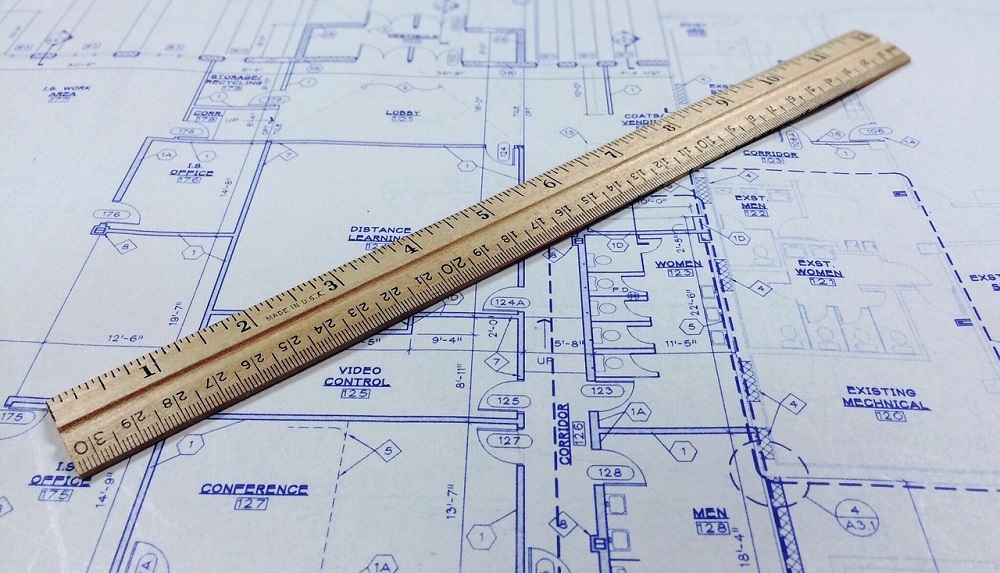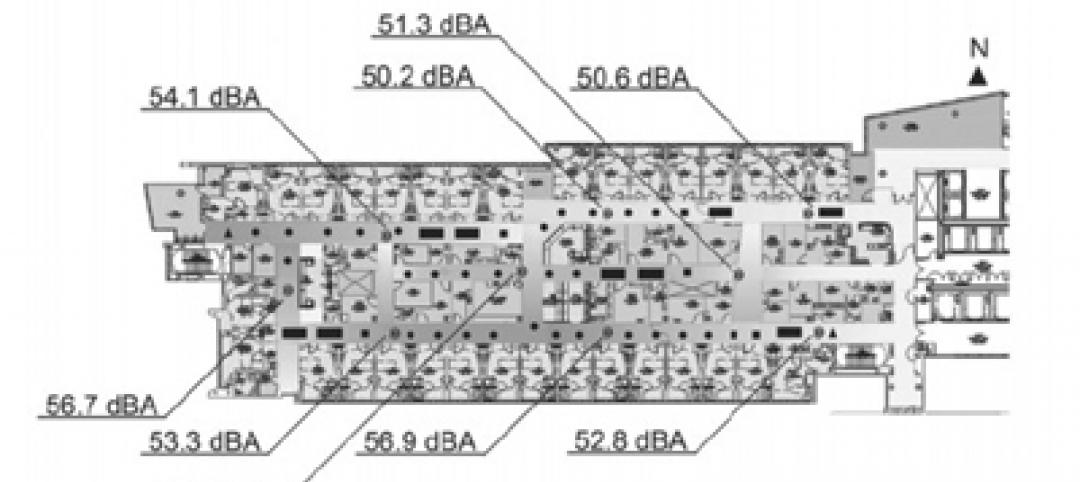This is a pretty good time to be an architect or engineer fresh out of school.
A WalletHub study of the best entry-level jobs found that engineers rank first and architects rank 10th out of a group of 109 professions.
Also on the list are electrical engineer (sixth), industrial designer (36th), interior designer (40th), mechanical engineer (41st), and civil engineer (66th).
The results were determined by examining three dimensions: immediate opportunity, growth potential, and job hazards. The categories had 11 total metrics with a score from 1 to 100. The scores were averaged and weighted, and then combined into one total score.
Engineer was pushed toward the top because of the demand (it ranked first in job openings and fifth in immediate opportunity), and architect was found to be a job with favorable immediate opportunity and job growth potential.
ArchDaily’s Vladimir Gintoff provided some context for the architects’ score. “The study doesn’t appear to consider the debt that many architects graduate with, and it also doesn’t specify where this study was conducted," he wrote. "Also, though many of the top professions could be based in cities, architecture firms seem to hold affinities to urban environments above other careers, adding cost-of-living as a potential gouge to earnings. Nonetheless, the information should be reassuring to those deciding if they would like to pursue a career in architecture and also to the long term viability for the profession.”
Towards the bottom of the list are the tradespeople: electrician (74th), machinist (101st), carpenter (105th), and welder (109th, last). The low scores were largely due to the job hazards associated with them.
Related Stories
| Jul 18, 2013
Top Government Sector Construction Firms [2013 Giants 300 Report]
Clark Group, Turner, PCL head Building Design+Construction's 2013 ranking of the largest government sector contractors and construction management firms in the U.S.
| Jul 18, 2013
Top Government Sector Engineering Firms [2013 Giants 300 Report]
Fluor, URS, AECOM top Building Design+Construction's 2013 ranking of the largest government sector engineering and engineering/architecture firms in the U.S.
| Jul 18, 2013
Top Government Sector Architecture Firms [2013 Giants 300 Report]
Stantec, HOK, HDR top Building Design+Construction's 2013 ranking of the largest government sector architecture and architecture/engineering firms in the U.S.
| Jul 18, 2013
Do third-corridor designs actually work for healthcare environments?
A recent study of a nursing unit assessed whether the space's third corridor does what it was intended to do: reduce noise and distraction to patients and nursing staff.
| Jul 18, 2013
LEGO takes on the iconic Sydney Opera House
This September, LEGO will expand its LEGO Creator Expert series with a 2,989-brick model of the iconic Sydney Opera House.
| Jul 17, 2013
Top Multifamily Construction Firms [2013 Giants 300 Report]
Lend Lease, Clark Group, Balfour Beatty top Building Design+Construction's 2013 ranking of the largest multifamily contractors and construction management firms in the United States.
| Jul 17, 2013
Top Multifamily Engineering Firms [2013 Giants 300 Report]
STV, URS, AECOM top Building Design+Construction's 2013 ranking of the largest multifamily engineering and engineering/architecture firms in the United States.
| Jul 17, 2013
Top Multifamily Architecture Firms [2013 Giants 300 Report]
IBI Group, Niles Bolton, Perkins Eastman top Building Design+Construction's 2013 ranking of the largest multifamily architecture and architecture/engineering firms in the United States.
| Jul 17, 2013
CBRE recognizes nation's best green research projects
A rating system for comparative tenant energy use and a detailed evaluation of Energy Star energy management strategies are among the green research projects to be honored by commercial real estate giant CBRE Group.
| Jul 17, 2013
Should city parking space requirements be abolished?
Some cities are deliberately discouraging construction of new parking spaces by allowing the construction of buildings with a lower ratio of parking spaces to dwellings (as low as 0.75 spaces per residence).










